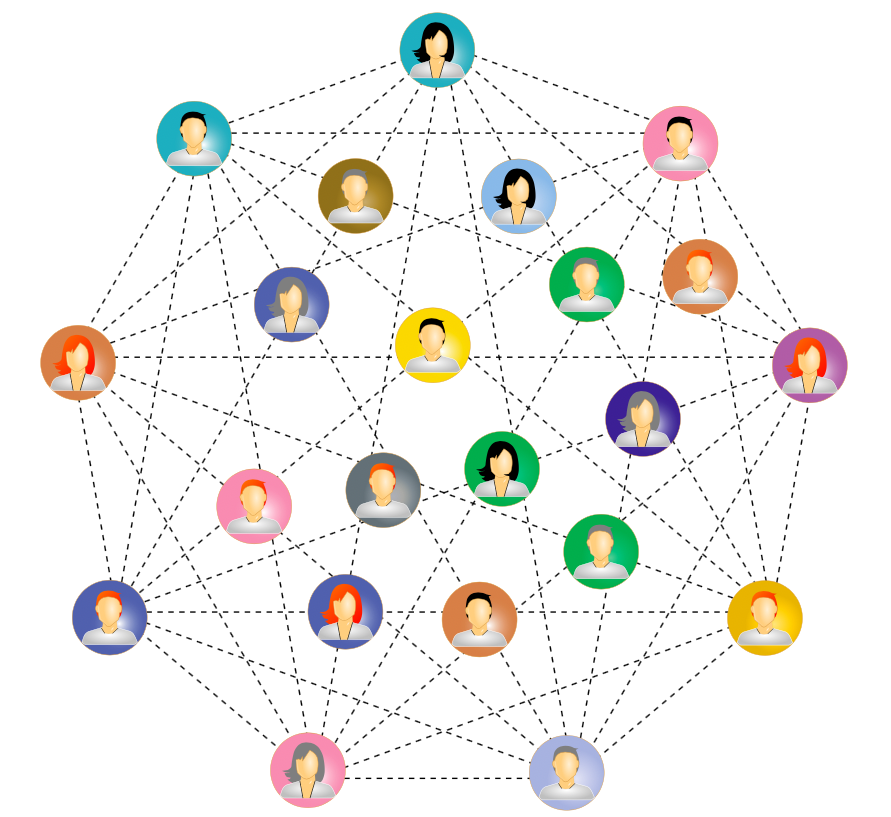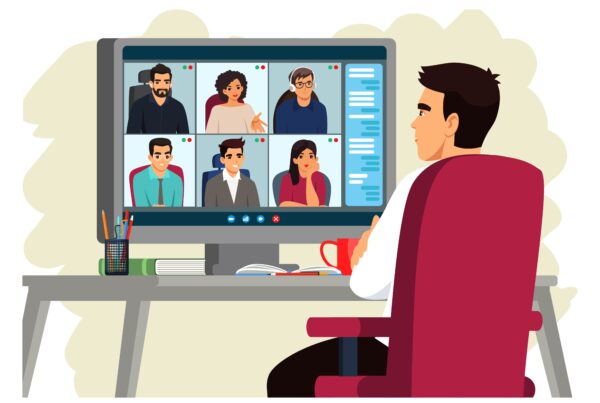
In this multi-post blog series, we will outline basic ways you can build a successful fundraising strategy at your nonprofit. Be sure to check back in!
If you are the leader of a small nonprofit, you’ve probably experienced this before: You are weeks away from your next board meeting, and your chair has asked you to show up with a plan for how you will raise money.
Perhaps your nonprofit has gotten by on government grants, maybe a big donation or two. But you and your board know that a strategy like that is not really sustainable. As I often say, “If you live by the big gift, you’ll die by the big gift.” It only takes a year of non-funding from that one donor. And the next thing you know, you’re scrambling just to make ends meet.
So what do you do? How do you create a sustainable fundraising strategy at your organization?
In this series of blog posts, we will provide tips for how you can build a successful fundraising shop at your nonprofit, one you can scale to size based on the budget and people-power you have available.
Let’s start with the basics: You need donors.
That seems basic, yes. And it is. But it’s true. To grow the philanthropic revenue at your organization, you need a critical mass of supporters who know about your mission and believe in it enough to invest.
So how do you find them? Where do you look? Here are five ways you can locate the donors who will invest in your mission and help you grow philanthropic revenue.
Cast a big net – bigger than you think.

The key here is, don’t let yourself think small. Think big. There are no bad ideas. Think of as many resources for names that you can, and build on that.
In my experience, you’ve got to make about 10 asks before you get one gift. In acquisition mailings, that number is smaller. Direct mail fundraisers will tell you that a response rate of 1% should be considered a success. So be sure the number of people you send a mailing or email to is at least 10 times the number of donors you hope to have by the end of the fiscal year. That means if you plan on having 200 donors, you will need to send 2000 pieces of mail, probably multiple times in one year. So gear yourself up for the hard work of finding 2000 names of people you can ask to support your mission. Think big.
Get historic.

What I mean here is, dig deep into the archives of your organization and look for anybody at any time who has ever been a supporter, board member, donor, advocate, or simply someone who received any kind of communication. Again, don’t think small. You need names. And you need to make asks.
If you have an electronic database, do an exhaustive pull. Pull everyone in the database and create a mailing that is simultaneously generic, introductory, and inspirational. There may be a number of people who will remember your organization but may not know the nuances of your mission now. Plan on re-introducing them to the good work you are doing, and don’t let yourself fall prey to the temptation to demonize the past. Maybe you are taking new directions, and that’s great. But there are people out there who at one time believed in the fundamental mission of your organization, and they still want to support you. Go out there and find them. Get historic.
Use all – and I mean all – sources of communication that you currently have.

It’s not atypical for a nonprofit to have three or four collections of names that are used for various forms of communication. Do you have one database with names of newsletter recipients? Do you have another database with names of email subscribers? Do you have another database with Donors, some of whom have given you their email address others who have not? And you may have subsidiary groups within your organization that do specific communication to their constituents. Pull from them all. Get your team around the table and make sure there are no lists of potential donors whom you are not considering. Be exhaustive and use all sources of communication.
Ask for help from current board members, volunteers, and consistent annual donors.

This exercise can often be more rewarding than one would initially think. Again, thinking big, make a list of individuals who are already invested in your organization either as donors themselves or as volunteers. Various boards are perfect for this exercise. You can set aside time at a board meeting to brainstorm together. Your request of these partners is for them to list a number of names of friends and family members and acquaintances who may be interested in supporting your organization. Be upfront with your volunteer partners about the purpose of this exercise. You were looking for donors. Don’t apologize. You need their support. And if your volunteers don’t feel like sharing the names of their friends, they won’t. But don’t make that decision for them. Let them share with you. If you would like to expand beyond the time you spend at a meeting, consider sending a specific mailing. Again, in this instance you want to be strategic about the people you ask for help. Make sure they are your close friends. Donors who give regularly. They don’t have to be lead donors but consistent Donors. Consistent giving demonstrates that these donors believe in your mission. Capitalize on the enthusiasm and trust that these donors demonstrate. You’ll be surprised at how much they want to help. Invite them to coffee, be honest about what you’re looking for, and ask for their help. Ask for help from current board members, volunteers, and consistent annual Donors.
Look outside of your organization for donors who have demonstrated support for missions similar to yours.

I’m sure you know the organizations in your region who have similar missions to yours. Take a look at their annual report. Check out their website. Oftentimes, you will find that there are a handful of families who support lots of similar causes in your area. You will see names of families and couples repeated on various reports. You may see them on donor walls at the museum or your local hospital. They were possibly sponsors of the last gala in town. Maybe their name is on the building! Donors whose names you see all over town are not only interested in supporting nonprofits in the area, they have real dollars that they need to get rid of. Look them up. Find an address. Send a letter. Make a call. And make an appointment. You’ll be surprised at how the consistent use of such practices will create moments of shocking revenue. Those moments will often feel random, but they are the result of your efforts and consistently reaching out to new friends and potential investors. Look outside of your organization for donors who have demonstrated support in order to yours.



